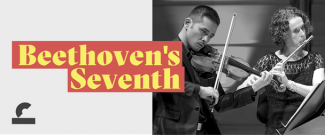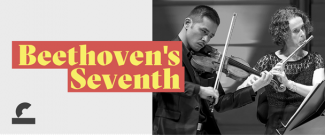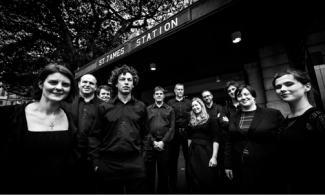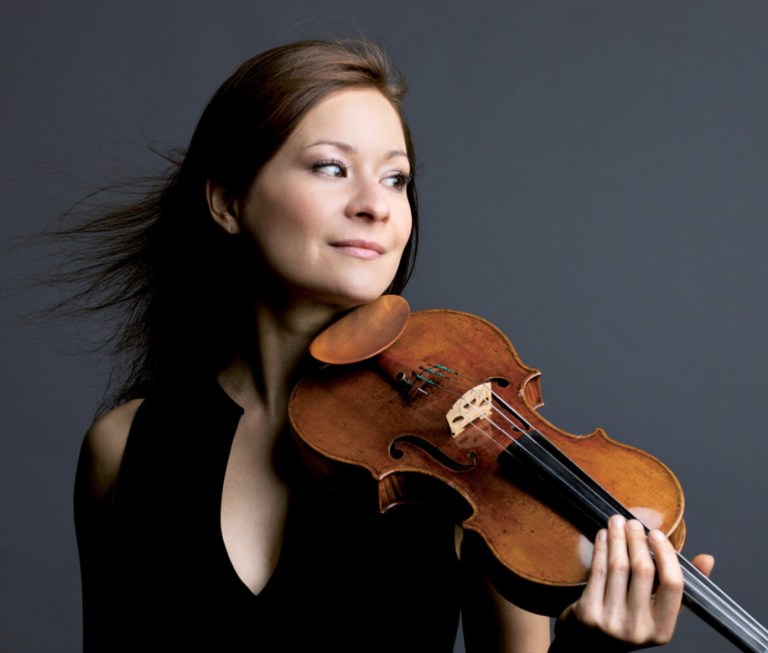Concert Review: Beethoven’s Seventh/ Omega Ensemble

Beethoven’s Seventh – Omega Ensemble
Lisa Osmialowski (flute), Alex Fontaine (oboe), Matthew Bubb (oboe), David Rowden (clarinet), John Lewis (clarinet), Ben Hoadley (bassoon), Simone Walters (bassoon), Melissa Woodroffe (contra bassoon), Michael Dixon (horn), Phil Wilson (horn), Ike See (violin), James Eccles (viola), Paul Stender (cello), Alex Henery (double bass), Timothy Brigden (timpani)
11 July 2016, City Recital Hall, Angel Place
The Omega Ensemble’s Virtuoso Series for 2016 continued with their usual resourceful mixture of familiar and unfamiliar. The program could easily have been subtitled ‘nonet’ as each work was performed by nine players (with an added timpani in Beethoven’s Symphony No 7). Nine players is about the maximum for a chamber music environment and the concert displayed both the strengths of the chamber music style and the challenges of assembling this number of players without a conductor.
The program opened with Charles Gounod’s Petite Symphonie for nine wind instruments. Gounod is better known these days for his operas but this is an attractive work which might be heard more often if it were not for the difficulty of convening nine fine wind players. The opening movement was delivered with a robust energy which made the most of the contrasts between solo, small group and tutti passages. In the slow movement flautist Lisa Osmialowski displayed subtle legato playing over a warm cushion of lower instruments. The remaining movements provided many delectable opportunities for interactions amongst the individual instruments with especially delightful dialogues between oboeist Alex Fontaine and clarinetist David Rowden.
The second work on the program was Louis Spohr’s Nonet in F, Op. 31 scored for string quartet, with a double bass replacing the second violin and five wind players, including horn player Michael Dixon. The original commission for the work requested ‘that each instrument would be heard in accordance with its essential character’. Spohr fulfilled this requirement admirably and the Omega Ensemble made the most of the opportunities provided. The work opened with an antiphonal passage for the string quartet which was then answered by the wind choir; just one of many instances of the instrumental dialogues which recurred throughout the work. The string quartet was led by Ike See who provided rock solid confidence for the superb string cohesion. His playing throughout was most enjoyable, especially in the jaunty scherzo, the mood of which was nicely captured. Throughout the work Spohr provided ample solo opportunities for the wind players who responded with some excellent playing. All this was well supported in the bass register by double bassist Alex Henery and cellist Paul Stender, who also had some fine short lyrical solos.
After interval, Omega Ensemble performed Beethoven’s Seventh Symphony in a version for wind instruments written by the Italian oboist and conductor Pierluigi Destro with added timpani played by Timothy Brigden. It was interesting to hear this familiar orchestral warhorse played in a reduced version which does not include a flute but reinforces the bass lines with a double bassoon (Melissa Woodroffe). There were gains in clarity of line and the occasional highlighting of subsidiary parts. The famous bass ostinato of the second movement was very elegantly played by the bassoons (Ben Hoadley and Simone Walters) and double bassoon.
On the other hand, the wind arrangement provided less variety of texture and Beethoven’s abrupt contrasts were often blunted when played by smaller forces. In the finale, for example, a single clarinet was not really a convincing substitute for a full complement of violins. In general, the performance also underscored the advantages of having a conductor overseeing a Beethoven symphony in areas such as adjusting instrumental balance, shading and shaping dynamics, unanimity of attack and tightness of ensemble, especially in some of Beethoven’s complex cross-rhythms.
However, like all the Omega Ensemble’s concerts, this was an intriguing program presenting unjustly neglected works and allowing us to hear more familiar music with fresh ears. The next concert in Omega Ensemble’s Virtuoso series will be at the City Recital Hall on 5 September, featuring Elgar’s Cello concerto played by Teije Hylkema.
Larry Turner for SoundsLikeSydney©
Larry Turner is an avid attender of concerts and operas and has been reviewing performances for Sounds Like Sydney for several years. As a chorister for many years in both Sydney and London, he particularly enjoys music from both the great a capella period and the baroque. He has written programme notes for Sydney Philharmonia, the Intervarsity Choral Festival and the Sydneian Bach Choir and is currently part of a team researching the history of Sydney Philharmonia for its forthcoming centenary.






